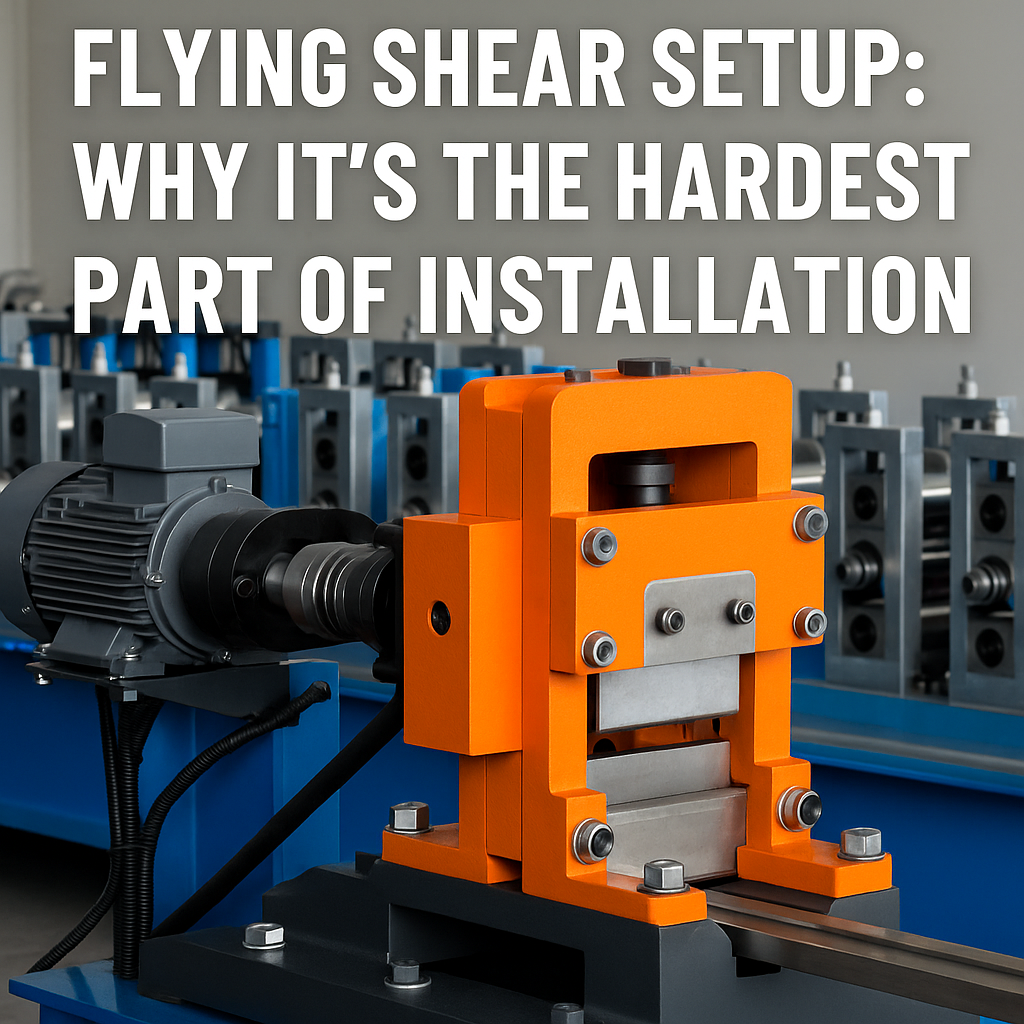
Posted on Friday, November 1, 2024
Metal fabrication is at the core of modern skyscraper construction. With the demand for taller, more intricate structures, metal fabricators play a crucial role in bringing these architectural marvels to life. This blog explores how metal fabrication is used in skyscrapers, the products it helps create, and the impact it has on the construction timeline. We'll also dive into an inspiring case study of the Burj Khalifa and address common questions about metal fabrication in skyscraper construction.
Skyscrapers rely heavily on prefabricated steel frames to ensure efficient and precise construction. These frames are manufactured off-site, transported to the construction site, and assembled like a giant puzzle. This prefabrication accelerates construction timelines and minimizes on-site errors.
Metal fabrication is essential for creating facade cladding and curtain walls. These precision-cut metal panels, often made from aluminum, steel, or composite materials, are custom-designed to fit the building's unique architectural requirements. Fabricated panels enhance the building’s aesthetic appeal and improve energy efficiency by providing insulation and weather protection.
High-strength metal is fabricated to reinforce critical structural elements in skyscrapers. Components such as steel beams, braces, and columns are engineered to withstand immense loads, seismic activity, and high winds, ensuring the stability and safety of the structure.
The backbone of any skyscraper, structural steel is fabricated to precise specifications to support vertical and lateral loads. These steel components enable skyscrapers to reach unprecedented heights.
Metal fabrication allows architects to design intricate facade panels that define the unique identity of a skyscraper. These panels range from sleek and modern to intricate and artistic, blending functionality with visual appeal.
Beyond structural purposes, fabricated metal is used to create decorative elements such as crowns, spires, and intricate details that give skyscrapers their iconic appearances.
The Burj Khalifa, the world’s tallest skyscraper, exemplifies innovative use of metal fabrication. Its steel spire and prefabricated steel components were engineered to withstand extreme wind loads and seismic forces. Over 4,000 tons of steel were used in its construction, with advanced fabrication techniques ensuring precision and durability. The spire itself contributes to the building’s incredible height and functions as a communication tower.
Metal fabrication in skyscraper construction involves cutting, shaping, and assembling metal components to create structural frames, facade panels, and other essential parts of the building.
Prefabricated metal offers precision, faster assembly, reduced waste, and enhanced quality control. It also minimizes the time spent on-site, reducing labor costs and construction timelines.
Fabricated metal components, such as reinforced steel beams and braces, are engineered to withstand enormous pressure, high winds, and seismic activity, ensuring the skyscraper’s stability and longevity.
Curtain walls are non-structural cladding systems typically made from glass and metal. Metal fabricators create the framework to hold the glass panels securely while allowing for insulation and weatherproofing.
Metal fabrication is indispensable in skyscraper construction, enabling faster timelines, stronger structures, and stunning aesthetics. From prefabricated steel frames to custom facade panels, fabrication plays a vital role in modern architecture. The Burj Khalifa showcases how innovation and metal fabrication work hand-in-hand to push the limits of what skyscrapers can achieve.
Do you have more questions about how metal fabrication is transforming skyscrapers? Let us know! We’re here to provide insights into the fascinating intersection of metalworking and architecture.

Flying Shear Setup: Why It’s the Hardest Part of Roll Forming Machine Installation
Posted on Monday, November 24, 2025
If you want a header image, meta description, or series continuation, just tell me.

Why Proper Roll Forming Machine Setup Determines Your Production Quality
Posted on Monday, November 24, 2025
The #1 factor that decides accuracy, scrap rate, speed, and consistency.

Compliance & Safety Services for Roll Forming Machines — Full Guide
Posted on Sunday, November 23, 2025
How Machine Matcher keeps your machines safe, legal, and fully compliant with CE, UL, and UKCA standards.

Machine Health Monitoring for Roll Forming Machines — Complete Diagnostic Service Guide
Posted on Sunday, November 23, 2025
Continuous diagnostics that prevent breakdowns, reduce downtime, and extend machine life.
Copyright 2025 © Machine Matcher.